Diseases and Conditions › Eye Health › Glaucoma
Glaucoma is a disorder that manifests itself in frequent clinic visits, is produced by increased intraocular pressure and affecting more than 2% of the population of the world from between 40 and 50 years. It is not a disorder that is deve move left over because if untreated, leads to blindness.
The normal intraocular pressure is maintained by the continuous secretion of aqueous humor by the ciliary body, then offset by its absorption into the anterior chamber through seepage from the trabecular network of the iris to the periphery of Schlemm canal. Glaucoma in this balance is altered, usually by alterations in the filtration and resorption of aqueous humor (there are various pathological processes is an studied but an associated with genetic processes).
((Studies of molecular genetics have pointed the way to alternative methods for the examination of mass population with glaucoma. We have several techniques. Chromosomal abnormalities were found in the Rieger syndrome (chromosome 4q). It would be useful to the analysis of genes with higher probability if it is believed that the disease is caused by one of the hundred or more genes, such as autosomal dominant RP. has not been shown to be useful for the genetics of glaucoma.))
In the two clinical syndromes orientacion the chronic and acute glaucoma.
What is the difference between chronic and acute glaucoma?
Chronic glaucoma occurs when the increase in intraocular pressure is set and slowly progressive and, if untreated, produces a slow and progressive deterioration of visual acuity. Acute glaucoma is associated with a rapid increase in intraocular pressure, and cause intense pain and redness of the eye, with rapid deterioration of vision (which may be permanent if not treated with urgency). The consequential intraocular hypertension are the excavation of the optic papilla, which is achieved by means of scanning the bottom of the eye in the consultation clinic, and degeneration of retinal ganglion cells. Symptoms and signs that are produced are a progressive loss of peripheral vision, leading to blindness if untreated. In acute glaucoma destroys the endothelium, which leads to corneal edema and corneal painful blisters. In chronic glaucoma the processes are very different manifestation of the sclera can relax and form bumps called estafilomas.
The more or less without glaucoma is due to a lack of filtering the aqueous humor by the trabecular network
There are various processes of Pathological frequent source of glaucoma, which can
classified as primary and secondary.
Primary glaucoma
Are two major changes in the aqueous humor drainage:
1. The gradual closure of the trabecular network, which normally communicates with the canal of Schlemm, is a disease whose incidence increases with age, mainly affects older than 40 to 50 years and is often familial (autosomal dominant decendencia possible). Since the drainage angle is normal, is called primary open-angle glaucoma.
2. As age progresses, patients have a congenitally narrow anterior chamber can develop a greater narrowing of the angle between iris and cornea, leading to a functional blockade of the aqueous humor drainage by raising the intraocular pressure in ending this disease. This happens especially when the pupil is dilated, as the iris is thickened over the contract. Therefore, acute attacks may be precipitated by prolonged darkness. Since the drainage angle is abnormal, is known as primary angle-closure glaucoma
Secondary glaucoma
As the name refers to is by diseases that obstruct the drainage of aqueous humor. For example, there may be adhesions between iris and cornea caused by uveitis or secondary vascular proliferation by retinal ischemia (secondary angle-closure glaucoma). It can also cause a blockage of the trabecular network of solid particles of the aqueous humor, especially degenerated lens material, pigment from melanocytic lesions and abundant macrophages in response to hemorrhage or inflammation (secondary open angle glaucoma, or subsequent to infection).
Congenital glaucoma
The term of congenital glaucoma is considered a number of diseases, the majority of hereditary origin, characterized by ocular anomalies exist in the source responsible for an increase in intraocular pressure (IOP).
The most common of congenital glaucoma is the primary congenital glaucoma (50%), but anyway, a unique disease. It comes in the first three years of life.
There is a defective development of the exit routes of aqueous humor. In the first weeks or months of life is to be presented and tearing the child is not able to keep their eyes open when there is light (photophobia). The cornea loses transparency and is whitish. Simultaneously, the eye, as a result of increased pressure inside it increases in size. Be especially careful with children who have their eyes much bigger than other children their own age, especially if it bothers them a lot of light.
Bibliografia.
Spanish Association for Prevention of Glaucoma
State Institute of Ophthalmology
Mexican Society of Ophthalmology
Revista Mexicana de Oftalmología March-April 2009, Volume 83
Manual de Oftalmologia Author Peña
Traducción: español » inglés
Arturo Moreno Perez
Student: School of Medicine Ignacio Santos. Committee member of medical research. Member of the EMC Updates medicas JOURNAL CLUB. Member and Supervisor of medical items since 2007. Member of The Neurology Service On-Line Journal Club. Contributor Renal Pathology MCQs

The normal intraocular pressure is maintained by the continuous secretion of aqueous humor by the ciliary body, then offset by its absorption into the anterior chamber through seepage from the trabecular network of the iris to the periphery of Schlemm canal. Glaucoma in this balance is altered, usually by alterations in the filtration and resorption of aqueous humor (there are various pathological processes is an studied but an associated with genetic processes).
((Studies of molecular genetics have pointed the way to alternative methods for the examination of mass population with glaucoma. We have several techniques. Chromosomal abnormalities were found in the Rieger syndrome (chromosome 4q). It would be useful to the analysis of genes with higher probability if it is believed that the disease is caused by one of the hundred or more genes, such as autosomal dominant RP. has not been shown to be useful for the genetics of glaucoma.))
In the two clinical syndromes orientacion the chronic and acute glaucoma.
What is the difference between chronic and acute glaucoma?
Chronic glaucoma occurs when the increase in intraocular pressure is set and slowly progressive and, if untreated, produces a slow and progressive deterioration of visual acuity. Acute glaucoma is associated with a rapid increase in intraocular pressure, and cause intense pain and redness of the eye, with rapid deterioration of vision (which may be permanent if not treated with urgency). The consequential intraocular hypertension are the excavation of the optic papilla, which is achieved by means of scanning the bottom of the eye in the consultation clinic, and degeneration of retinal ganglion cells. Symptoms and signs that are produced are a progressive loss of peripheral vision, leading to blindness if untreated. In acute glaucoma destroys the endothelium, which leads to corneal edema and corneal painful blisters. In chronic glaucoma the processes are very different manifestation of the sclera can relax and form bumps called estafilomas.
The more or less without glaucoma is due to a lack of filtering the aqueous humor by the trabecular network
There are various processes of Pathological frequent source of glaucoma, which can
classified as primary and secondary.
Primary glaucoma
Are two major changes in the aqueous humor drainage:
1. The gradual closure of the trabecular network, which normally communicates with the canal of Schlemm, is a disease whose incidence increases with age, mainly affects older than 40 to 50 years and is often familial (autosomal dominant decendencia possible). Since the drainage angle is normal, is called primary open-angle glaucoma.
2. As age progresses, patients have a congenitally narrow anterior chamber can develop a greater narrowing of the angle between iris and cornea, leading to a functional blockade of the aqueous humor drainage by raising the intraocular pressure in ending this disease. This happens especially when the pupil is dilated, as the iris is thickened over the contract. Therefore, acute attacks may be precipitated by prolonged darkness. Since the drainage angle is abnormal, is known as primary angle-closure glaucoma
Secondary glaucoma
As the name refers to is by diseases that obstruct the drainage of aqueous humor. For example, there may be adhesions between iris and cornea caused by uveitis or secondary vascular proliferation by retinal ischemia (secondary angle-closure glaucoma). It can also cause a blockage of the trabecular network of solid particles of the aqueous humor, especially degenerated lens material, pigment from melanocytic lesions and abundant macrophages in response to hemorrhage or inflammation (secondary open angle glaucoma, or subsequent to infection).
Congenital glaucoma
The term of congenital glaucoma is considered a number of diseases, the majority of hereditary origin, characterized by ocular anomalies exist in the source responsible for an increase in intraocular pressure (IOP).
The most common of congenital glaucoma is the primary congenital glaucoma (50%), but anyway, a unique disease. It comes in the first three years of life.
There is a defective development of the exit routes of aqueous humor. In the first weeks or months of life is to be presented and tearing the child is not able to keep their eyes open when there is light (photophobia). The cornea loses transparency and is whitish. Simultaneously, the eye, as a result of increased pressure inside it increases in size. Be especially careful with children who have their eyes much bigger than other children their own age, especially if it bothers them a lot of light.
Bibliografia.
Spanish Association for Prevention of Glaucoma
State Institute of Ophthalmology
Mexican Society of Ophthalmology
Revista Mexicana de Oftalmología March-April 2009, Volume 83
Manual de Oftalmologia Author Peña
Traducción: español » inglés
Arturo Moreno Perez
Student: School of Medicine Ignacio Santos. Committee member of medical research. Member of the EMC Updates medicas JOURNAL CLUB. Member and Supervisor of medical items since 2007. Member of The Neurology Service On-Line Journal Club. Contributor Renal Pathology MCQs
Article By: Arturo Moreno Perez
Most Popular Tags
glaucoma blisters
,e doctor mcqs
, articles about congenital glaucom, what is the difference between acute and chronic glaucom, gluecoma, what is gluecoma, ,glaucoma associated with intraocular haemorrahge
, , , , ,differences between acute glaucoma and chronic glaucoma
,clinical manifestation of secondary glaucoma
,difference between acute and chronic glaucoma
,congenitally narrow anterior chamber
, , ,pressure to watch out for in heriditary glaucoma
,cornea blisters congenital glaucoma
,congenital glaucoma eye blisters
, ,congenitally narrow anterior chamber at base of iris glacoma
, , ,Most Read
New Articles
Most Viewed
Most Downloads
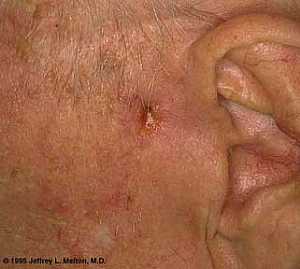 Basal Cell Carcinoma ("Rodent Ulcer" Type)
Basal Cell Carcinoma ("Rodent Ulcer" Type)
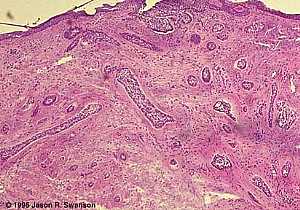 Basal Cell Carcinoma (Histology-Morpheaform Type)
Basal Cell Carcinoma (Histology-Morpheaform Type)
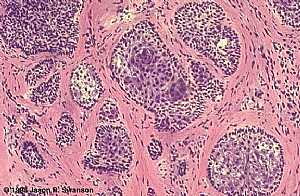 Basal Cell Carcinoma (Histology-Nodular Type - High power)
Basal Cell Carcinoma (Histology-Nodular Type - High power)
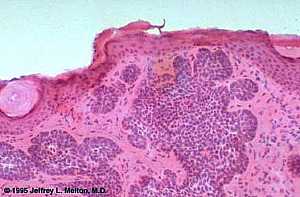 Basal Cell Carcinoma (Histology-Nodular Type- High power)
Basal Cell Carcinoma (Histology-Nodular Type- High power)
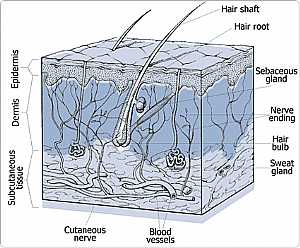 Skin
Skin
 Nervous System -- Basic
Nervous System -- Basic
 Brain anatomy
Brain anatomy
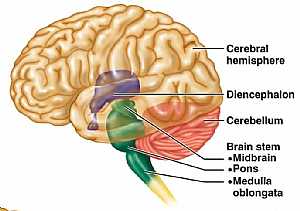 Brain anatomy
Brain anatomy
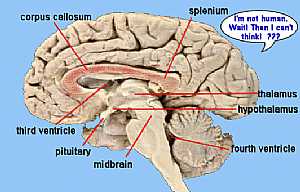 Brain anatomy
Brain anatomy
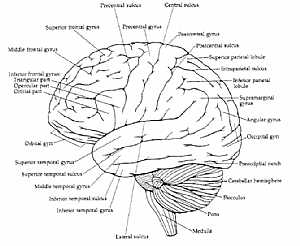 Brain anatomy
Brain anatomy
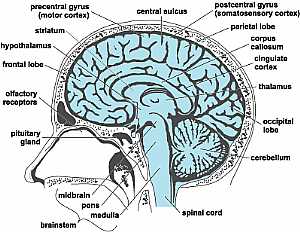 Head anatomy
Head anatomy
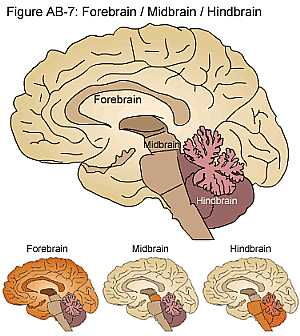 Brain anatomy
Brain anatomy
eDoctorOnline.com does not provide medical advice, diagnosis or treatment.
© Copyright 2001-2022 eDoctorOnline.com
© Copyright 2001-2022 eDoctorOnline.com

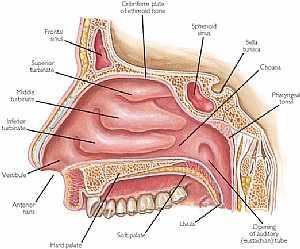 Nose anatomy
Nose anatomy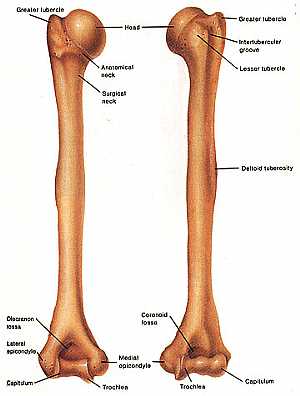 Humerus bone
Humerus bone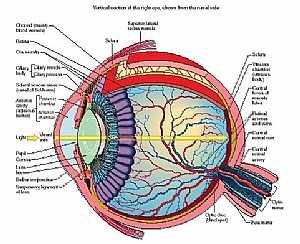 Eye anatomy
Eye anatomy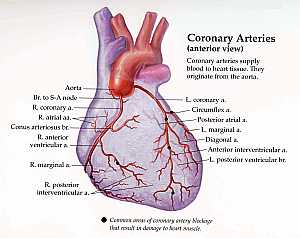 Coronary arteries anatomy
Coronary arteries anatomy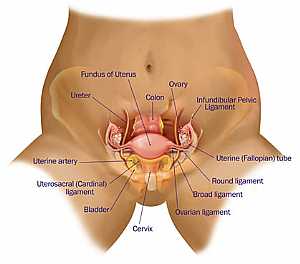 Female pelvic anatomy
Female pelvic anatomy Heart and lung anatomy
Heart and lung anatomy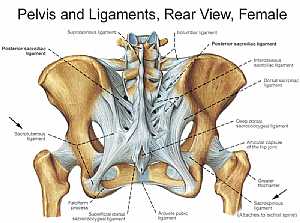 Bones and ligaments of the FEMALE Pelvis
Bones and ligaments of the FEMALE Pelvis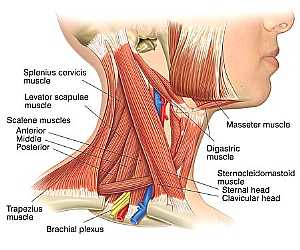 Neck Anatomy
Neck Anatomy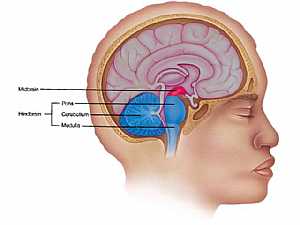 MidBrain anatomy
MidBrain anatomy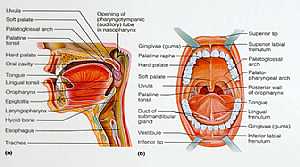 Oral Cavity
Oral Cavity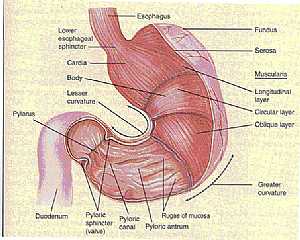 Stomach anatomy
Stomach anatomy Lung anatomy
Lung anatomy Basal Cell Carcinoma ("Rodent Ulcer" Type)
Basal Cell Carcinoma ("Rodent Ulcer" Type) Basal Cell Carcinoma (Histology-Morpheaform Type)
Basal Cell Carcinoma (Histology-Morpheaform Type) Basal Cell Carcinoma (Histology-Nodular Type - High power)
Basal Cell Carcinoma (Histology-Nodular Type - High power) Basal Cell Carcinoma (Histology-Nodular Type- High power)
Basal Cell Carcinoma (Histology-Nodular Type- High power) Skin
Skin Nervous System -- Basic
Nervous System -- Basic Brain anatomy
Brain anatomy Brain anatomy
Brain anatomy Brain anatomy
Brain anatomy Brain anatomy
Brain anatomy Head anatomy
Head anatomy Brain anatomy
Brain anatomy
Be the first one to comment on this article!